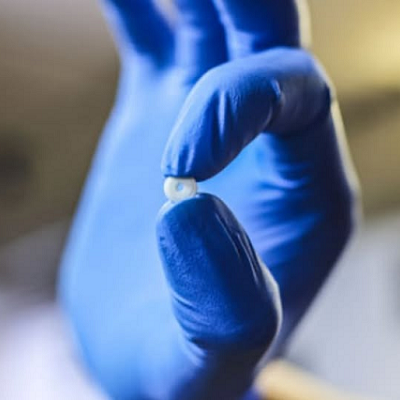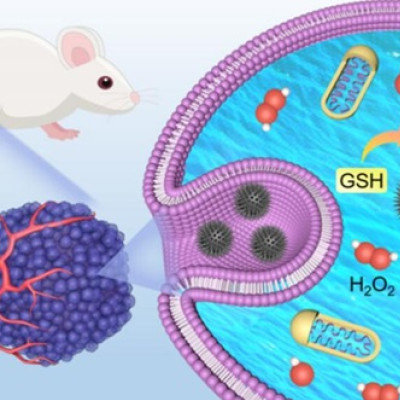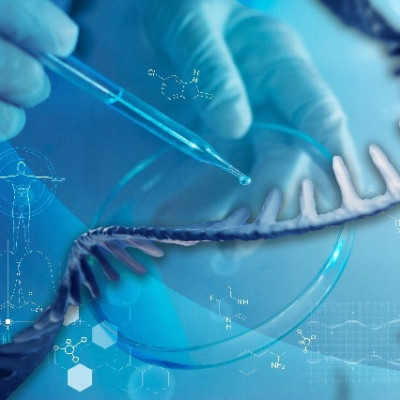Engineered nanomaterials have the potential to revolutionise many industries, and they are used in many sectors in society, such as medicine and computing. When developing sustainable nanotechnology, safety and targeting ability are important factors. Designing safe and efficient engineered nanomaterials for different applications requires understanding of how they behave in a given system, and how they interact with their surroundings.
To assess the safety of engineered nanomaterials and to evaluate and improve their targeting ability for medical application, the researchers present a method for analysing the fate and behaviour of engineered nanomaterials in biological media, including in a single cell, a cell layer, tissue, organ and physiological media (e.g., blood, gut content, haemolymph) of different (micro)organisms, such as bacteria, animals and plants. The new protocol presents a workflow that allows researchers to determine, characterize and quantify metal-bearing nanomaterials in biological tissues and cells, and quantify their dynamic behaviour at trace-level concentrations.
Unlike previous methods, the protocol uses no fluorescent dyes or radiolabels to trace metal-bearing engineered nanomaterials in tissues and cells. The results facilitate an understanding of the biological fate of metal-bearing engineered nanomaterials and their dynamic behaviour in, e.g., human tissues.
“This is the first comprehensive protocol for analysing what happens to nanoparticles in humans and organisms after use. This is an important step in understanding how nanomaterials behave, hopefully allowing nanotechnology to reach its full potential one day,” Researcher and lead author Fazel Monikh from the University of Eastern Finland says.
Read the original article on University of Eastern Finland (UEF).







